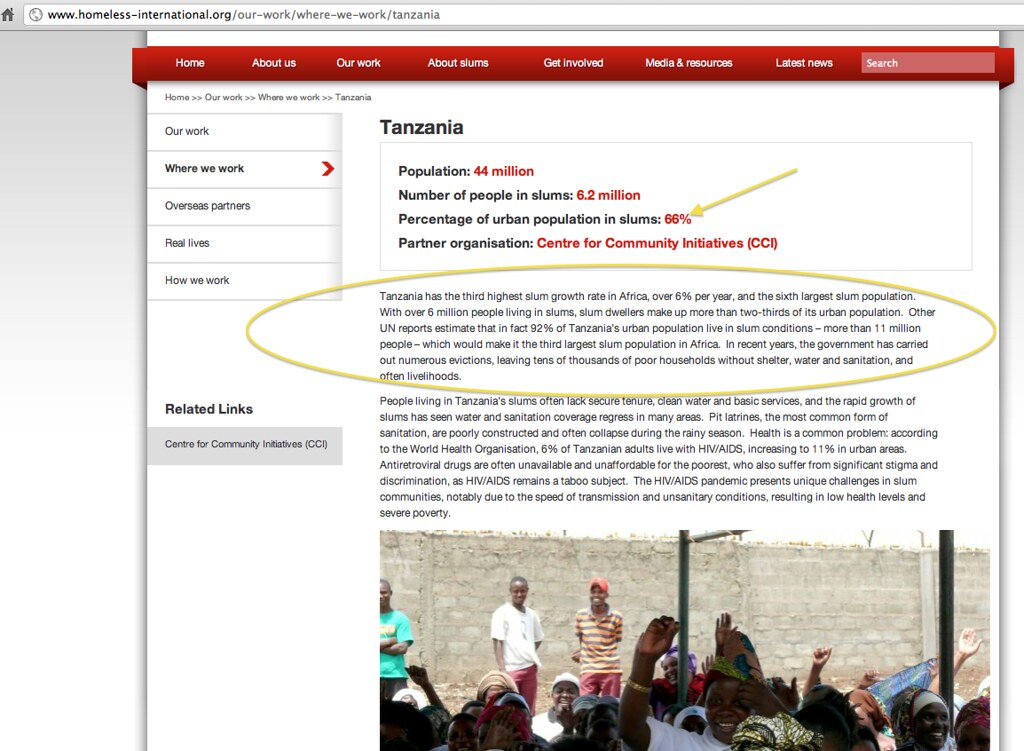Kabaridi
JF-Expert Member
- Nov 15, 2011
- 2,023
- 534
- Thread starter
- #21
Mwali, I think you have hit the nail on the head about kenya's 40% poor, but Fiscal policies are not centered on world bank macro policies. And in fact the world bank macro policies are what Tanzanians have been implementing.If we look at Kenyan policies, they are mostly WB inspired
and it is not a secret that their focus in on the macro economy
they are more concerned of the country treasure and GDP
they do not really care about households and individuals
Last edited by a moderator:
